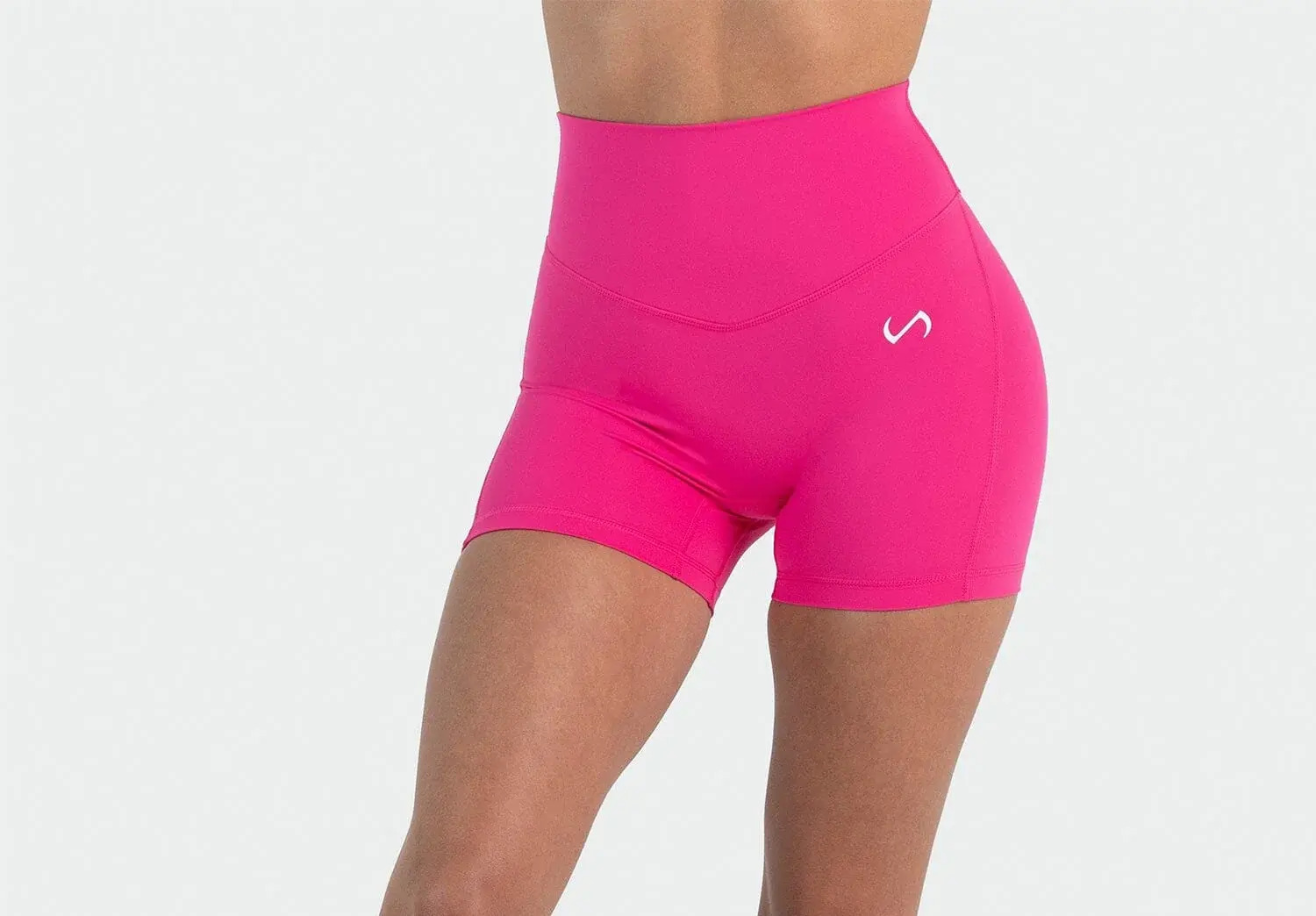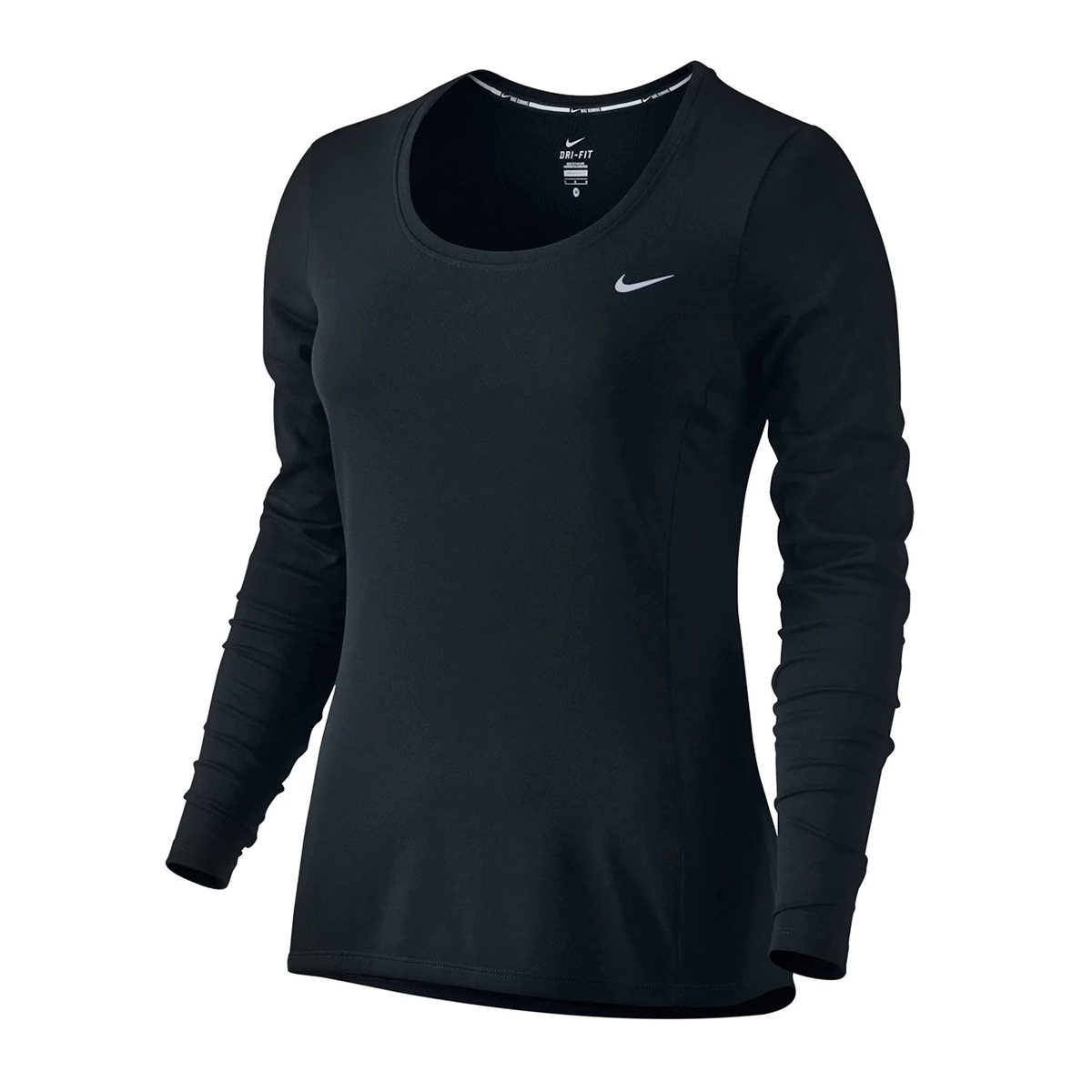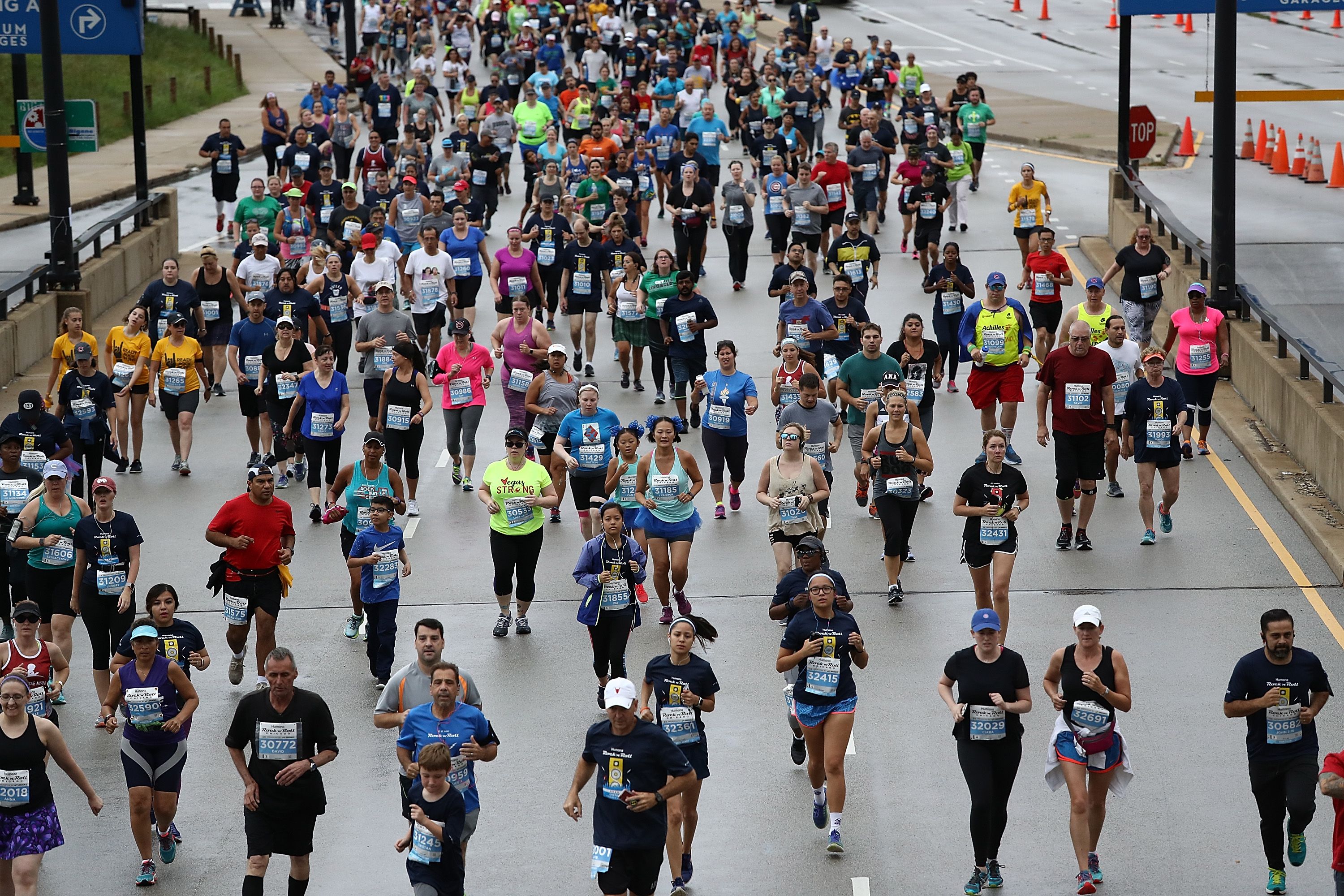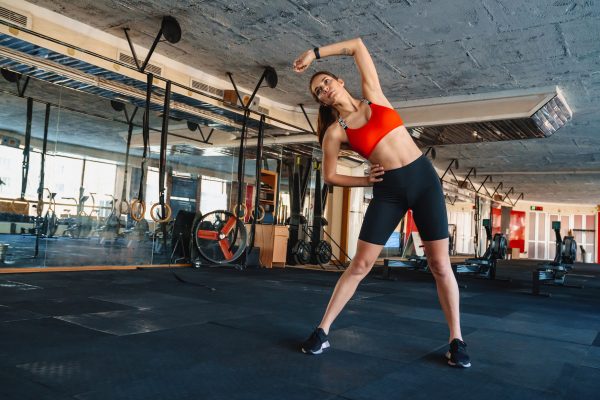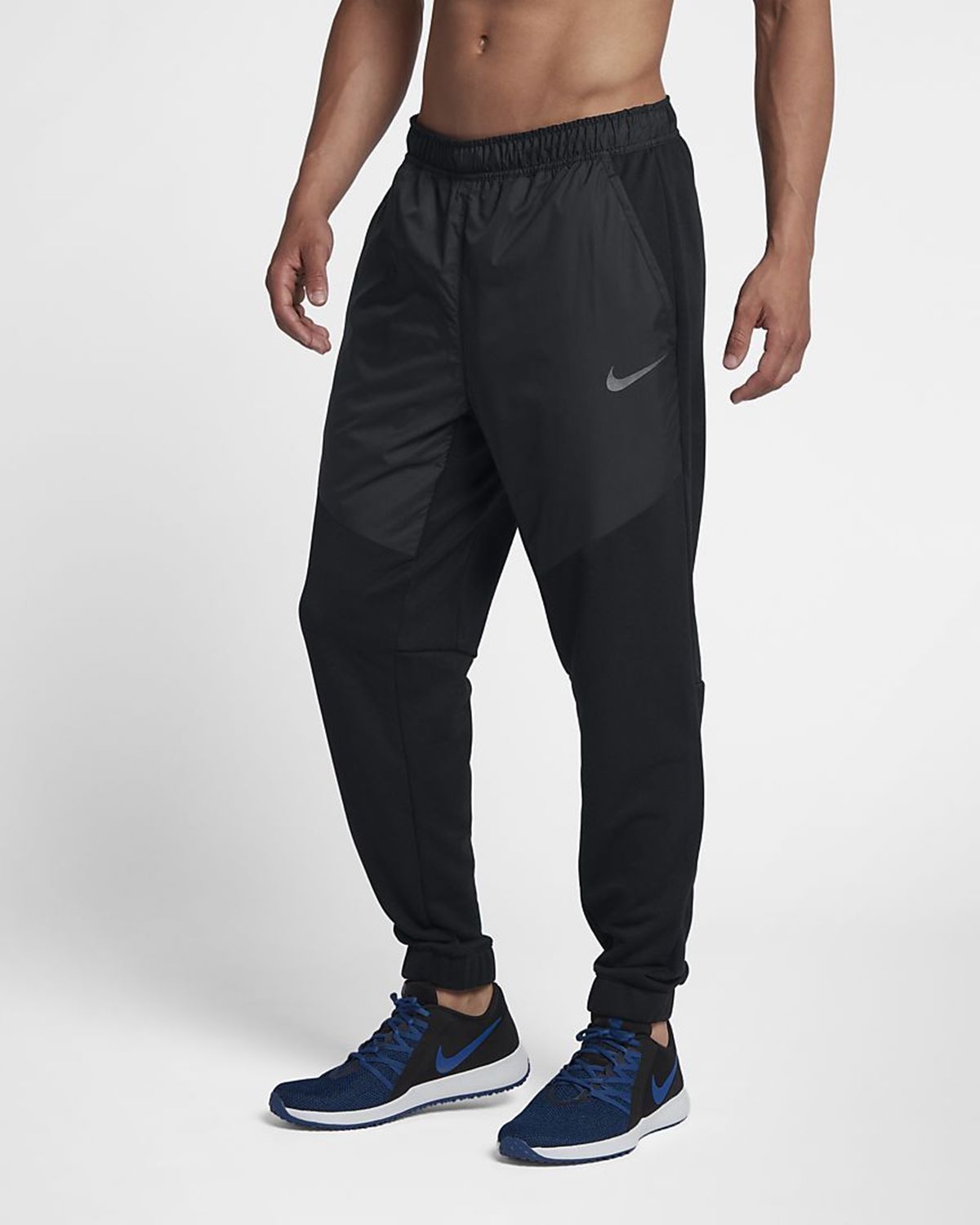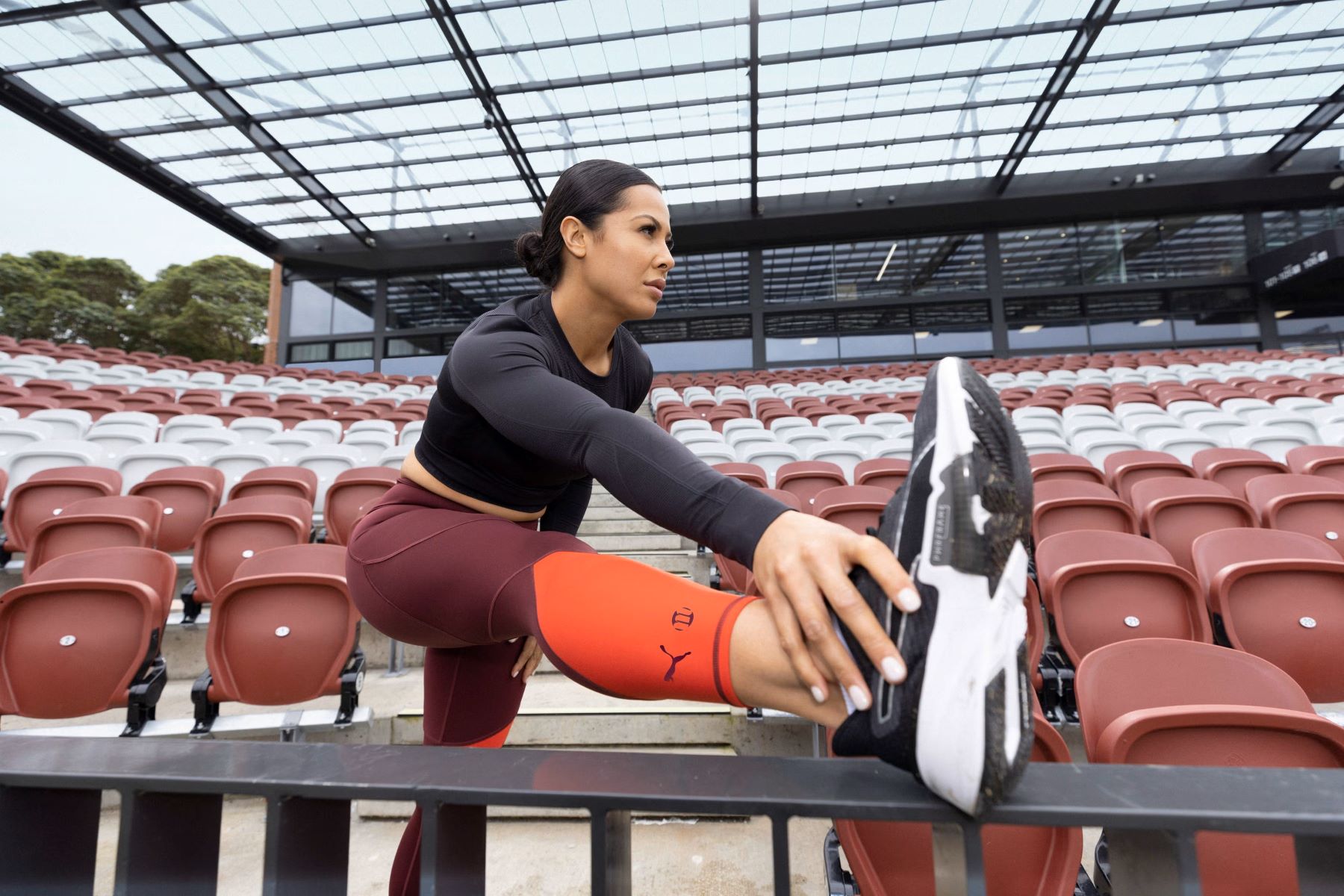

Featured
Why Is Activewear So Expensive
Modified: August 19, 2023
Discover why featured activewear brands charge a premium price for their products and find out if it's worth the investment. Explore the reasons behind the higher cost of activewear
Introduction
Activewear has become increasingly popular in recent years, with more and more people opting for comfortable and stylish clothing for both their workouts and everyday wear. However, one aspect that often raises eyebrows is the seemingly high price tag associated with activewear. Many people wonder why these garments, which may seem similar to regular clothing, come with a hefty price tag. In this article, we will delve into the reasons why activewear tends to be more expensive compared to traditional clothing.
When it comes to understanding the cost of activewear, it’s important to consider various factors that contribute to its higher price. While some may perceive it as a marketing strategy, there are legitimate reasons behind the premium price points. From quality materials and construction to branding and marketing, several elements factor into the overall cost of activewear.
Let’s take a closer look at these factors, from the production process to the final retail price. By understanding the reasons behind the higher cost of activewear, you’ll gain a better appreciation for the value and quality that these garments offer.
Quality Materials and Construction
One of the key reasons why activewear tends to be more expensive than traditional clothing lies in the quality of materials used and the meticulous construction that goes into making these garments. Activewear is designed to withstand rigorous physical activity and provide comfort and support for the wearer.
Unlike regular clothing, activewear is often made from specialized fabrics that offer moisture-wicking properties, breathability, and stretch. These fabrics, such as high-performance polyester blends and technical fabrics like spandex, are engineered to enhance performance and provide maximum comfort during physical activities.
The production of activewear requires advanced techniques and machinery to ensure the durability and functionality of the garments. It often involves reinforced stitching, seamless construction, and ergonomic design to optimize performance and reduce the risk of chafing or discomfort.
Moreover, the use of high-quality materials and meticulous construction techniques also contributes to the longevity of activewear. These garments are designed to withstand frequent washing, stretching, and intense physical exertion, without losing their shape or functionality. Therefore, while the upfront cost may be higher, the durability and long lifespan of activewear justify the investment.
Additionally, the attention to detail in activewear extends beyond the functional aspects. Many activewear brands prioritize aesthetic appeal, incorporating stylish designs, patterns, and color schemes into their collections. This attention to fashion trends and design elements further adds to the overall cost of activewear.
In essence, when purchasing activewear, you are paying for the use of high-quality materials, advanced construction techniques, and the commitment to producing garments that can endure intense physical activities. The investment in these aspects ensures that activewear is not only stylish but also functional and durable, offering you the best combination of comfort, performance, and longevity.
Branding and Marketing
Another significant factor that contributes to the higher price of activewear is the branding and marketing strategies employed by companies in this industry. Activewear brands invest heavily in building their brand image, creating a sense of prestige and desirability among consumers.
Established activewear brands often have a reputation for producing high-quality and stylish garments, which allows them to charge a premium for their products. Consumers are willing to pay a higher price for a brand that they perceive as reliable, trustworthy, and associated with certain values or lifestyles.
Moreover, the marketing efforts of activewear companies play a crucial role in driving up the prices of their products. These brands employ various marketing channels, including social media, celebrity endorsements, and collaborations with fitness influencers, to create buzz and generate demand for their products.
Celebrity endorsements are particularly effective in the activewear industry. When a well-known athlete or fitness enthusiast is seen wearing a particular brand’s activewear, it creates a sense of aspiration and credibility among consumers. This association with high-profile endorsers further enhances the brand’s image and justifies the higher price tag.
In addition to traditional advertising, activewear brands also invest in creating an experiential shopping experience for their customers. Many flagship stores feature sleek and modern designs, interactive displays, and knowledgeable staff who can guide customers in finding the right garments for their fitness goals.
All these branding and marketing efforts contribute to the overall cost of activewear. The expenses incurred in building and maintaining a strong brand image, as well as the investments in advertising and celebrity endorsements, are reflected in the price you pay for activewear.
While branding and marketing may contribute to the higher cost, it’s important to note that established brands often have a well-deserved reputation for quality and performance. When purchasing activewear from these brands, you can expect a certain level of quality assurance and customer satisfaction.
In the next section, we will explore the role of research and development in shaping the price of activewear.
Research and Development
Research and development (R&D) is a crucial aspect of the activewear industry and plays a significant role in determining the price of activewear. Activewear brands invest a considerable amount of resources in R&D to create innovative products that meet the evolving needs and demands of athletes and fitness enthusiasts.
Through extensive research, these brands develop new fabrics, technologies, and design elements that enhance the performance and functionality of activewear. This constant innovation aims to provide the best possible experience for wearers, whether it’s improved moisture-wicking properties, better support, or enhanced breathability.
However, conducting research, testing prototypes, and refining designs comes at a cost. The expenses associated with R&D activities are factored into the price of activewear. Consumers who purchase these advanced products are essentially investing in the continuous improvement and evolution of activewear technology.
In addition to improving performance, R&D efforts also focus on environmental sustainability and ethical production practices. Activewear brands strive to minimize their ecological footprint by using eco-friendly materials, reducing waste, and adopting sustainable manufacturing processes. These conscious decisions may contribute to the higher price of activewear, but they also align with the growing demand for environmentally responsible products.
Furthermore, R&D drives the creation of specialized lines within activewear brands. For example, brands may develop collections tailored for specific sports or activities, such as running, yoga, or hiking. These specialized lines require extensive research and testing to ensure that the garments meet the unique needs and requirements of the targeted activity.
Ultimately, the investment in research and development allows activewear brands to stay at the forefront of innovation and provide cutting-edge products to consumers. The funds allocated to R&D activities are reflected in the pricing of activewear, ensuring that enthusiasts have access to the latest advancements in performance apparel.
In the next section, we will discuss the impact of athlete endorsements on the price of activewear.
Athlete Endorsements
Athlete endorsements are a significant factor that contributes to the higher price of activewear. Many activewear brands partner with renowned athletes and sports personalities to promote their products and establish brand credibility. These endorsements not only create brand awareness but also influence consumer perception and purchase decisions.
When a well-known athlete endorses a particular activewear brand, it signals to consumers that the brand is trusted and reliable. Consumers often associate the success and performance of these athletes with the quality and effectiveness of the endorsed products. This association with sports legends and fitness role models contributes to the premium price tag.
Athlete endorsements involve substantial financial investments from activewear brands. These partnerships include not only paying the athletes for their appearances and endorsements but also supporting them with free products, exclusive collections, and sponsorships for their athletic endeavors. All these expenses add up and impact the overall pricing of activewear.
Moreover, athlete endorsements generate significant marketing and advertising opportunities for activewear brands. These partnerships lead to collaborations on limited-edition collections, special campaigns, and events that further drive up demand and elevate the brand’s status. The costs incurred in these promotional activities are integrated into the retail price of the activewear.
While athlete endorsements contribute to the higher cost of activewear, it’s important to note that these partnerships go beyond mere marketing tactics. The collaboration between athletes and activewear brands often involves a genuine endorsement and alignment of values. Many athletes have direct input in the design process and provide valuable feedback to improve the functionality and performance of the products.
Ultimately, athlete endorsements create a sense of connection between the brand, the athlete, and the consumer. The association with renowned athletes adds value to the activewear and justifies the higher price point for consumers who aspire to embody the athletic prowess and lifestyle of their favorite sports stars.
Next, we will explore the concept of limited supply and exclusivity in the activewear industry.
Limited Supply and Exclusivity
Limited supply and exclusivity play a significant role in the pricing of activewear. Many activewear brands employ strategies that intentionally limit the availability of their products, creating a sense of exclusivity and desirability among consumers.
By releasing limited quantities of certain collections or collaborations, activewear brands create a sense of urgency and scarcity, driving up demand for their products. This scarcity factor can lead to increased prices as consumers are willing to pay a premium to obtain these exclusive and hard-to-find items.
Additionally, limited supply helps to maintain the brand’s image of exclusivity and prestige. By offering their products in limited quantities, activewear brands can create a perception of high demand and exclusivity, making their customers feel like part of an exclusive community.
Furthermore, exclusivity can also be created through collaborations with high-end fashion designers, artists, or celebrities. These limited-edition collections often come with a higher price tag due to the added value brought by the collaboration and the exclusivity associated with owning a piece from such a unique collaboration.
Moreover, activewear brands sometimes offer exclusive memberships or loyalty programs where subscribers gain early access to new releases, special promotions, and receive limited-edition items. These programs provide added benefits to customers who are willing to invest in the brand, further driving up the perceived value and price of the activewear.
While limited supply and exclusivity contribute to the higher cost of activewear, it’s important to note that not all activewear falls under this category. Many brands offer a range of products that cater to different budget ranges and accessibility levels, ensuring that activewear is accessible to a wider audience.
In the next section, we will delve into the role of retail markup in the pricing of activewear.
Retail Markup
Retail markup is another factor that contributes to the higher price of activewear. When activewear brands sell their products to retailers, they often do so at a wholesale price, which is typically lower than the final retail price. The retail markup is the difference between the wholesale cost and the price at which the retailer sells the products to consumers.
Retailers need to cover their own expenses and make a profit, which is why they apply a markup to the wholesale price. This markup takes into account various factors such as overhead costs, marketing expenses, employee salaries, and desired profit margins.
While the specific retail markup varies depending on the retailer and the activewear brand, it is a necessary aspect of the supply chain to ensure the sustainability and profitability of both parties. The retail markup contributes to the final price that consumers pay for activewear.
In addition to the retail markup, sales and promotions also affect the pricing of activewear. Retailers may offer discounts or run sales to attract customers and increase sales volume. These temporary price reductions help to clear inventory, create customer loyalty, and drive traffic to the store or website.
It’s important to note that the retail markup and sales strategies are not unique to the activewear industry but are common practices across various retail sectors. Retailers rely on markup to cover their operational costs and generate profits, while sales and promotions serve as marketing tactics to attract customers.
While activewear brands have some control over the wholesale prices they set, the final retail price is influenced by factors beyond their direct control. Retailers determine the markup based on their own business needs and market conditions, which may contribute to variations in activewear prices across different retailers.
Next, we will discuss the impact of high demand and trendiness on the pricing of activewear.
High Demand and Trendiness
The high demand for activewear, coupled with its trendiness, is a significant factor that drives up the price of these garments. In recent years, activewear has experienced a surge in popularity as more people prioritize fitness and athleisure trends in their daily lives.
As the demand for activewear increases, so does its price. When a product is in high demand, brands can afford to charge a premium because consumers are willing to pay for it. The combination of functionality, style, and comfort that activewear offers has made it a sought-after clothing category.
Furthermore, the trendiness of activewear plays a role in its higher price. As activewear has become a fashion statement beyond just gym attire, brands are investing in creating fashionable and stylish collections that align with current fashion trends. These trendy designs and styles often come with a higher price tag as consumers are willing to pay extra for the latest and most fashionable activewear.
Additionally, the rise of social media and fitness influencers has contributed to the trendiness and subsequently, the higher price of activewear. Many influencers promote activewear brands and showcase their outfits to their followers. This exposure creates a sense of aspirational lifestyle associated with activewear, further driving up demand and price.
Moreover, the popularity of athleisure, which blurs the lines between athletic wear and casual wear, has also contributed to the increased demand and price of activewear. People now want garments that are not only functional for workouts but also stylish enough to be worn outside of the gym. This expansion of activewear’s utility has broadened its appeal and justified the higher price point for many consumers.
It’s important to recognize that the high demand and trendiness of activewear also drive competition among brands. To stand out in the market, brands may invest in superior materials, innovative designs, and unique features to differentiate themselves. These efforts to stay ahead of the competition and meet the expectations of trend-conscious consumers contribute to the overall cost of activewear.
In the next section, we will explore the impact of production costs on the pricing of activewear.
Production Costs
Production costs are a significant factor that affects the pricing of activewear. The process of manufacturing activewear involves various expenses, from sourcing quality materials to labor costs and overhead expenditures.
High-quality fabrics and advanced materials used in activewear often come at a higher price compared to traditional clothing materials. These technical fabrics are engineered to provide specific functionalities such as moisture-wicking, breathability, and stretch, which requires specialized manufacturing processes and materials.
In addition to the cost of materials, labor costs play a crucial role in the production of activewear. Activewear brands often prioritize fair wages and ethical labor practices, ensuring that the individuals involved in manufacturing the garments are treated and compensated fairly. These labor costs contribute to the overall production expenses, which are reflected in the final retail price.
Furthermore, the manufacturing process for activewear involves several stages, including cutting, sewing, printing, and quality control. Each stage requires skilled workers, machinery, and quality control measures to ensure that the garments meet the brand’s standards. These additional production steps and quality control processes add to the overall cost of manufacturing activewear.
Additionally, activewear brands may have production facilities that maintain higher standards of sustainability and environmental responsibility. These eco-conscious practices, such as reducing waste, using eco-friendly dyes, or implementing recycling initiatives, come with associated costs that are reflected in the pricing of activewear.
Importantly, production costs can vary depending on the location of production. Some brands choose to produce activewear domestically, which may result in higher labor costs but aligns with the brand’s commitment to local manufacturing and ensuring ethical labor practices. On the other hand, outsourcing production to countries with lower labor costs may result in lower production expenses.
It’s worth noting that the production costs can differ between activewear brands, as some prioritize premium materials and sustainability efforts, while others may focus on cost-effective production methods. These variations in production expenses contribute to the different price ranges within the activewear market.
In summary, the production costs involved in manufacturing activewear, including materials, labor, machinery, quality control, and sustainability efforts, contribute to the final price that consumers pay for these garments. The overall expense of production is reflected in the quality, performance, and durability that activewear provides wearers.
Conclusion
As we have explored in this article, several factors contribute to the higher price of activewear compared to traditional clothing. From the use of quality materials and meticulous construction to branding and marketing efforts, activewear brands invest in creating functional and fashionable garments that meet the demands of active individuals.
Research and development play a key role in driving innovation and improving the performance of activewear. Athlete endorsements and limited supply create a sense of exclusivity and desirability, further justifying the premium price. Retail markup covers operational costs and ensures profitability, while high demand and trendiness drive up the value of activewear. Additionally, production costs, including materials, labor, and sustainability efforts, contribute to the higher pricing.
It’s important to note that while activewear may seem expensive, it offers a combination of functional benefits, durability, and style that justify the investment. The quality of materials, advanced construction techniques, and ongoing research and development all contribute to the longevity and performance that activewear provides.
Ultimately, the cost of activewear reflects the value and commitment that brands put into creating these garments. It’s up to the consumers to weigh the benefits and make informed purchasing decisions based on their individual needs, preferences, and budgets.
Whether you choose to invest in activewear or opt for more affordable alternatives, it’s clear that activewear has transformed into more than just workout attire. It has become a symbol of an active lifestyle, fashion statement, and an industry driven by innovation and performance.

